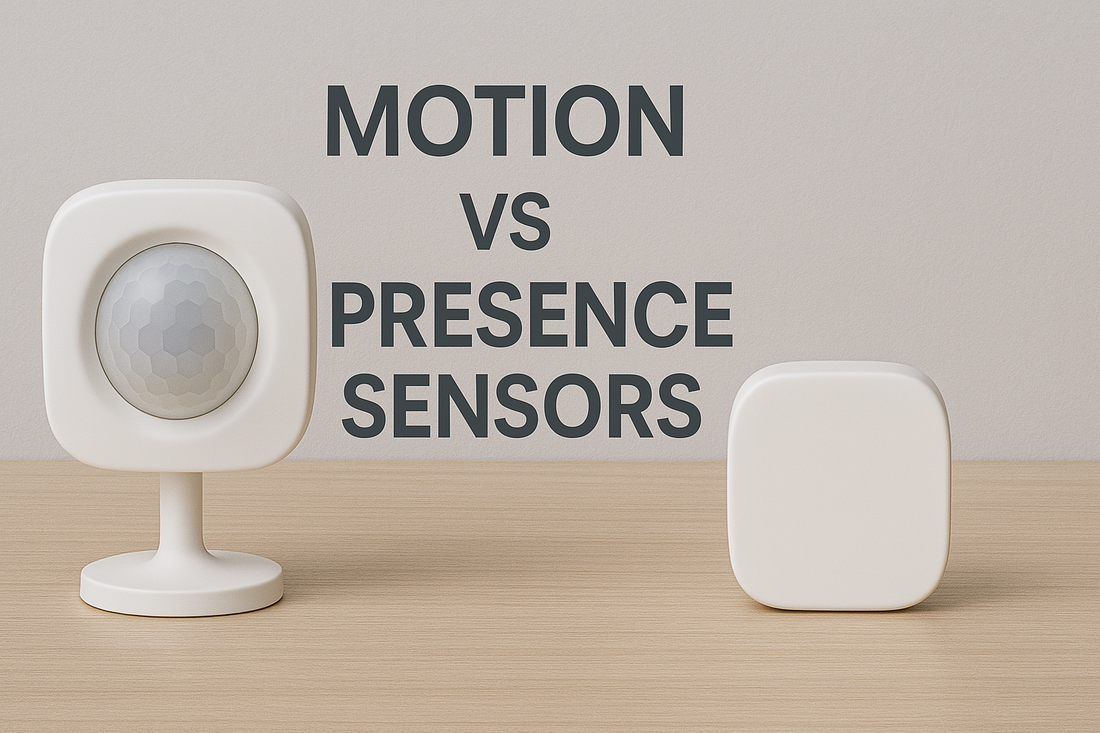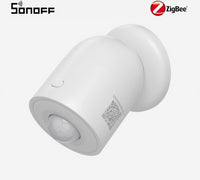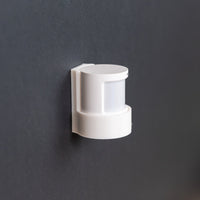
What's the difference between a motion sensor and presence sensor?
Share
Motion vs. Presence: Knowing the Difference in Your Smart Home
We’re all building smarter homes – automating lights, adjusting thermostats, and even locking doors remotely. But have you ever heard of “motion sensors” and “presence sensors” and wondered what they actually do? They sound similar, but they detect different things, and understanding the difference is key to getting the most out of your smart home.
Let’s Start with Motion Sensors – The Obvious One
Think of a motion sensor like the kind you might find in a hallway or a security system. It works on a pretty straightforward principle: detecting movement.
- How it Works: These sensors use tiny beams of light (infrared light) to scan the area. When something – a person, an animal, even a waving curtain – crosses that beam, it triggers the sensor.
- What it Detects: It’s purely about movement. It doesn’t care who or what is moving, just that something is moving within its field of view.
- Limitations: Motion sensors can be triggered by a lot of things – pets, shadows, even wind blowing leaves. This can lead to unwanted activations, like turning on lights when your dog is running around.
Now, Enter Presence Sensors – A More Subtle Detection
Presence sensors take a different approach. Instead of just looking for movement, they’re designed to detect presence – the idea that someone is there. This is a more sophisticated detection method.
-
How it Works: Presence sensors typically use a combination of technologies:
- Wi-Fi Signal Analysis: They monitor the Wi-Fi signal strength emanating from your devices (phones, tablets, laptops). When you’re in a room, you’re sending out a Wi-Fi signal. The sensor notices this increased signal strength.
- Bluetooth Tracking: Some also use Bluetooth to detect the presence of devices you’re carrying.
- Voice Recognition (Sometimes): A few advanced systems even incorporate voice recognition to confirm someone is present.
- What it Detects: It’s not just about movement; it’s about activity. It recognizes that you're using a device or that you're in a room.
- Example: If you walk into a room and start browsing your tablet, a presence sensor would detect that you’re actively using the tablet, even if you’re not moving around much.
Key Differences:
|
Feature
|
Motion Sensor
|
Presence Sensor
|
|---|---|---|
|
Detection
|
Movement
|
Activity/Presence
|
|
Technology
|
Infrared Beams
|
Wi-Fi, Bluetooth, Voice
|
|
Sensitivity
|
High (easily triggered)
|
Lower (more selective)
|
|
Typical Use
|
Security, Automatic Lighting
|
Smart Lighting, Smart Thermostats
|
Which One is Right for You?
- Motion sensors are great for security and situations where you want a quick, reactive response (like turning on a light when someone walks into a room).
- Presence sensors are better for creating a more intelligent and responsive smart home experience – adjusting the thermostat based on whether someone is in the room, or dimming the lights when you’re relaxing.
The Future is Hybrid
Many smart home systems will likely use a combination of both motion and presence sensors to create the most seamless and intuitive experience.


